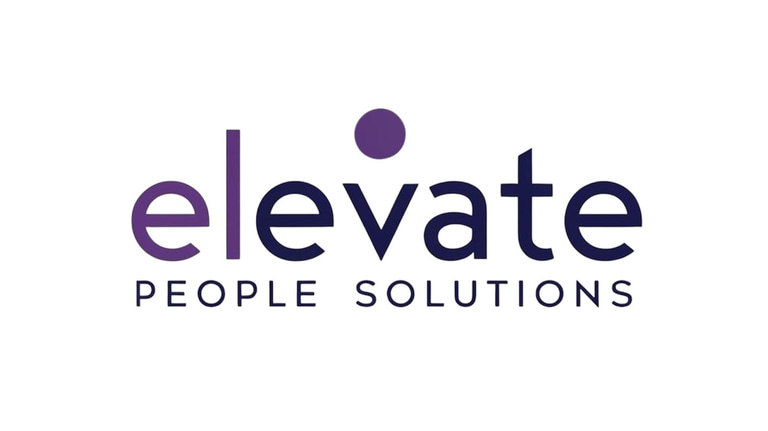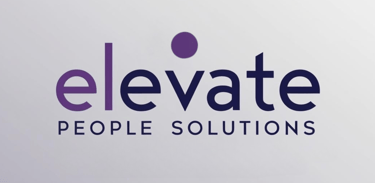

Did you know that despite significant investments in employee engagement, many companies still struggle to see measurable results?
Driving employee engagement has progressed well beyond the status of a "nice-to-have" initiative. With the research consistently showing disappointing levels of employee engagement in many developed economies, increasing engagement is a question of impact on the overall company performance.
So, why is it still overlooked?
Engagement is often reduced to employee surveys. While surveys are a valuable tool for listening to employees (the core of engagement), implementing surveys alone does not mean you have engagement covered.
In addition to this sort of reduction to an isolated initiative, there are other misconceptions about engagement.
To list a few:
Employee engagement is all about team-building events, office perks, parties, and benefits. Well, not really – or at least not in the long term. True engagement is about building deep connections between employees, their work, and the company.
Satisfaction and happiness at work equal engagement.
Sure, I might be happy at work but not care about contributing through my role to the overall goal.
Engagement is a standalone process.
Because of what engagement is really about, a better way to look at it is as a continuous and integrated process – connected with and impacted by how and what is done within the organization.
Employee engagement is the responsibility of HR.
Sounds like pinning responsibility for product quality solely on the customer support department.
And don't get me wrong—this is not a 'poor HR' conclusion. Sometimes, this approach comes from HR professionals themselves.
Why is it so common to miss out on the engagement (even though you might be investing in it)?
Lack of understanding of engagement and the factors that impact it. To build on the points above, engagement is the outcome of many factors - quality of leadership and management, meaningful work, growth and recognition, and many more, both tangible and intangible.
Here lies the hard part for many organizations: it’s easier to organize a party than, for example, improve communication between departments— but it is not nearly as impactful.
Engagement efforts need to be relevant, interconnected, and comprehensive.The leadership team is not invested in or supportive of it.
It is not new that support from the top is crucial for anything to be truly embedded in the organization. Leadership sets the tone, shapes the culture, and drives expectations. Sometimes, leadership style and mindset, or a lack of awareness and understanding of engagement, can become a significant obstacle.
Managers are not held accountable for their employees' level of engagement or are not ready to drive it— and it is not their fault (usually).
Educate managers about what engagement is, why it matters, and the type and importance of their role in the process; support them and make them accountable. It will go a long way.
Your company culture is not feedback ready. Simply put, your people may not trust you enough to leave honest feedback, management might not accept feedback maturely, and the company may not be ready to make changes.
Consider a couple of real-life scenarios: managers trying to discover who said what, instructing people on what to say in surveys (I didn’t make this up), information leaks from HR, or they are acting from a position of power due to knowing the information. This needs to be fixed.
It begins and ends with surveys. As said, surveys are an important tool for gathering feedback but are just one channel and a touchpoint in the employee lifecycle.
Something needs to be done with that feedback. Bring in employees to help you understand the feedback and shape action points. Employee forums and workshops are often overlooked.
Misinterpreting the data.
HR and managers might be drawing conclusions that aren’t there - seeing causality in correlations, confirming how great managers they are, identifying who has the nerve to complain, and whatnot.
You want skilled people and decent tools to analyse your data (for example, I think my colleagues and I will never stop praising Culture Amp).
Your employee engagement process is exhausting (and maybe seen as pointless if nothing gets done afterward).
Keep it simple or optimize it for your organization—it should fit culture and needs, and consider business agenda, especially when it comes to timing and resources.
What is the role of people and culture professionals in all of this?
Shape the strategy and plan for employee listening and engagement initiatives. Make it realistic, concrete, and well-argued. Consider best practices and your company’s specifics and needs; interview managers and people from the broader organization to gather their views.
The role of HR leadership in positioning the strategy at the top management level and educating senior management is critical.
Raise awareness of engagement, its importance, and the role of managers.
Coach and support managers to drive the initiatives.
Plan and shape communication around listening and engagement.
Be prepared for the budgeting process - explore resources, tools, and pricing, and plan your team’s time.
If you already have some engagement relevant data from employees, use it and budget what you need to bring essential action points to life.
Engage for engagement: Act as business partners and anchors to support and educate the organization to drive initiatives at every level. Be the organization's conscience, reflect on, and act upon this: Are we doing what it takes? Are we committed to driving engagement into everyday work and connecting it with the business?
Next Steps
If you want to start making changes in your workplace, consider these steps:
Assess your current engagement strategy and identify where you can make improvements.
Talk to your managers and leadership team about how to integrate engagement into daily operations.
Get in touch if you need support in creating a clear, actionable employee engagement plan for your company. We look forward to partnering with you in creating an engaging workplace.
___________________________________________________________________________________________________________________
This article is a blend of thoughts and insights shaped by personal experience in various HR roles and reflections. It is not intended to be an exhaustive or comprehensive overview, but rather a general observation. If you’d like to exchange thoughts or discuss, let’s connect.


